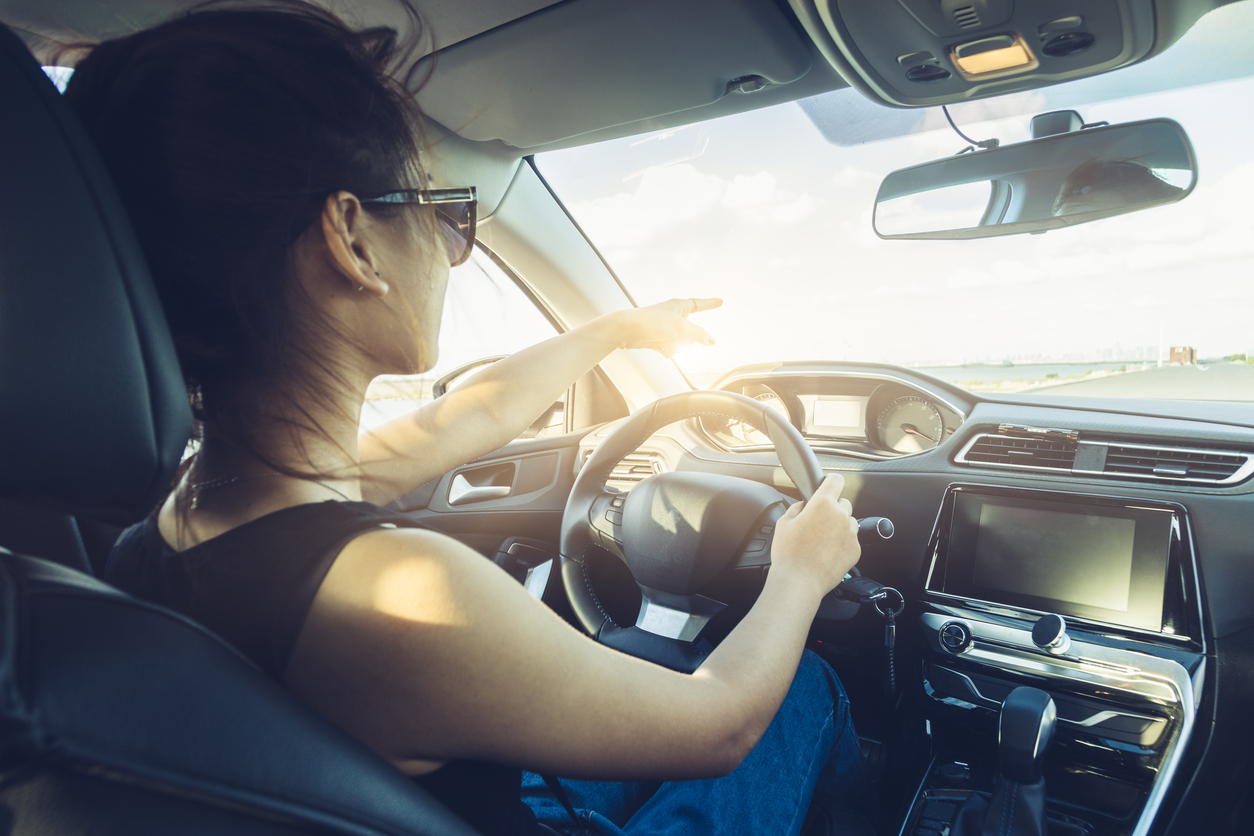About one in seven U.S. drivers (14.0 percent) operated a private- passenger vehicle without liability insurance in 2022, according to an estimate contained in a new report released today by the Insurance Research Council (IRC).
The District of Columbia (25.2 percent), New Mexico (24.9 percent), and Mississippi (22.2 percent) were the jurisdictions with the highest percentage of uninsured motorists in 2022, the report stated. Wyoming (5.9 percent), Maine (6.2 percent), and Idaho (6.2 percent) were the three states with the lowest percentage of uninsured motorists last year, the IRC report said.
The percentage of uninsured motorists stood at 11.1 percent in 2019 before increasing to 13.9 percent in 2020 and 14.2 percent in 2021, before slightly declining to 14.0 percent in 2022, the IRC estimated.
Personal income declines and high inflation, coupled with Americans driving fewer miles, prompted some motorists to suspend the purchase of mandatory auto insurance liability coverage during the first two years of the pandemic, according to the report.
Liability insurance covers what a policyholder is legally obligated to pay as the at-fault driver in an accident resulting in either bodily injury (BI) or property damage (PD). Uninsured motorist (UM) coverage is the portion of an auto insurance policy that protects financially an insured driver from expenses (e.g., medical bills, lost wages) caused by either an at-fault uninsured or hit and run driver.
The just-published IRC report, Uninsured Motorists: 2017–2022, is based on UM and BI liability exposure and claim count data collected from 10 major insurers representing approximately 56 percent of the U.S. private passenger auto insurance market. The ratio of UM-to-BI claim frequencies yields a reasonable estimate of the proportion of injury-producing accidents caused by uninsured or hit-and-run motorists.
That ratio provides the basis of the IRC’s report.
“The pandemic appears to have caused a jump in the percentage of drivers choosing to forgo required insurance, adding to the insurance costs for everyone else” said Dale Porfilio, president, IRC. Porfilio is also the chief insurance officer at the Insurance Information Institute. “We will be watching uninsured motorist rates in future years to see how the balance of improvement from economic recovery is offset by increasing personal auto rates.”
Before the COVID-19 pandemic, the number of uninsured U.S. drivers was generally declining. From 2017 to 2019, 40 jurisdictions saw declines, the IRC report noted. The largest percentage increases in the number of uninsured drivers during this period (2017-2019) were in Florida and Michigan. From 2020- 2022, Michigan saw the largest decline at 6.2 percent, in part due to the significant legislative reforms passed in 2019.
About Insurance Research Council
The Insurance Research Council (IRC), affiliated with The Institutes, is an independent, nonprofit research organization supported by leading property and casualty insurance companies and associations. IRC provides timely and reliable research to all parties involved in public policy issues affecting insurance companies and their customers. IRC does not lobby or advocate legislative positions.
About The Institutes | Risk and Insurance Knowledge Group
The Institutes, a leading provider of risk management and insurance knowledge solutions, offer innovative education, research, networking, and career resources, including professional designations such as the CPCU® program, leadership programs, continuing education courses, events and conferences, associations, custom solutions, publications, and assessment tools.
Source: IRC













